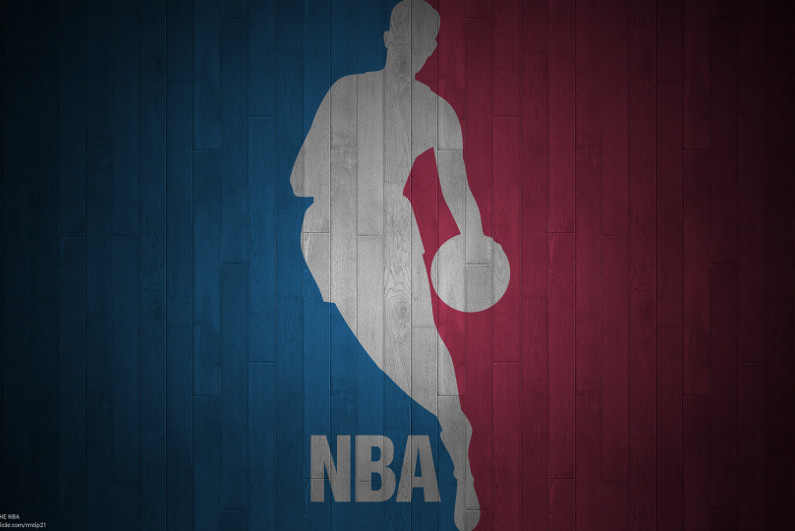The brand-new NBA in-season tournament
The NBA and NBA Players Association (NBPA) agreed on a new collective bargaining agreement (CBA) Saturday which, among other changes, will implement an in-season tournament.
the in-season tournament will be part of the NBA regular season standings
The NBA has never had any sort of in-season competition and is drawing from the success of European soccer models such as the Champions League, Europa League, and FA Cup. The main difference, however, is that those cups are all separate from the competing teams’ domestic leagues, whereas the in-season tournament will be part of the NBA regular season standings.
The deal still needs to be ratified by the players and league governors, but is expected to go into effect during the 2023-24 season. It will last for seven years, and either the league or players can opt out after six.
How it works
The NBA in-season tournament could become reality as soon as November of this year. Teams would start by competing in pool play, also known as the group stage, which involves games against small subdivisions of teams. For those who may not be familiar with the concept, this is what the opening days of the World Cup are.
Teams would be eligible to advance based on their performance in pool play.
After a small number of pool play games, eight teams would earn the right to advance to a single-elimination bracket commonly known as the “knockout” portion of the competition. Teams would be eligible to advance based on their performance in pool play. Details on how many groups and how the league will assign teams to groups have not been revealed.
While those eight embark on an abridged March Madness-style run to the championship, the 22 non-qualifying teams will resume their standard regular-season schedule to ensure that they meet the 82-game regular-season quota.
The “Final Four” will be hosted at a neutral venue. Las Vegas is the early frontrunner to be the first-ever host.
Vegas or any other neutral location would also present a change from how the NBA approaches important matches. In the playoffs, the team with the better seed, determined by their regular-season performance, hosts four of seven games in a series (if it goes the distance), including the bookend games.
Ironically, removing home-court advantage would blend the effects of the NBA bubble in 2020 with those of a sold-out Game Seven. Teams would play both in an unfamiliar environment, but also in front of a crowd of passionate fans that may not always have the opportunity to support their favorite team in person.
Why the change was made
There will be no “pause” to the NBA schedule for the in-season tournament. The two teams that reach the championship match will ultimately play 83 games in the regular season.
The league has not addressed how the extra game could impact the final season standings. For example, a team that would have been the seven seed and the first team in the play-in by way of losing the tiebreaker with the six-seed could use the extra game to finish a half-game above where they would have otherwise, and vice versa.
Notably, the league added the play-in tournament in the 2020-21 season to also help spice up the regular season.
The Athletic’s Shams Charania reported that each player on the tournament-winning team will receive $500k. Coaches will also take home an undisclosed amount.
The league previously discussed giving the winning team an extra draft pick but has since decided against it.
this model has proven to be successful
Basketball fans that have not spent much time in the world of soccer will undoubtedly be skeptical of the idea. But this model has proven to be successful for several reasons.
First, it can breathe new life into a team. Soccer teams that are struggling domestically often prioritize cup success to, aside from the financial benefits, build morality and confidence as they start from scratch and build on performances throughout the competition.
Lower-tier teams also have the chance to compete because of the single-elimination factor of the knockout. That’s why there are so many upsets in March Madness and why there were no No. 1 seeds in the Elite Eight of the NCAA Tournament this year.
Moreover, powerhouse teams can add to their legacy by dominating tournaments the same way they do the regular season. That makes it a winning scenario for teams from every position.




